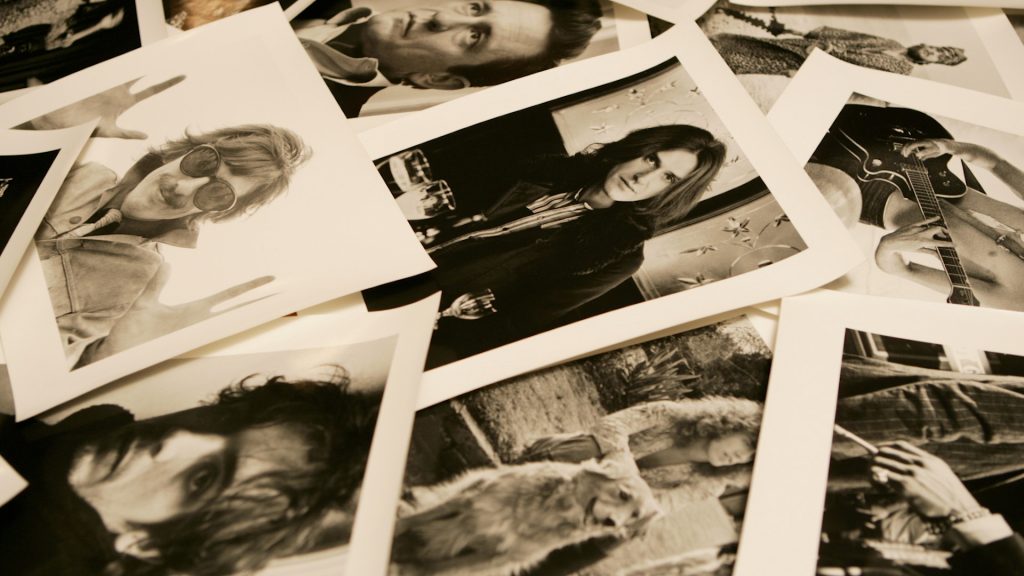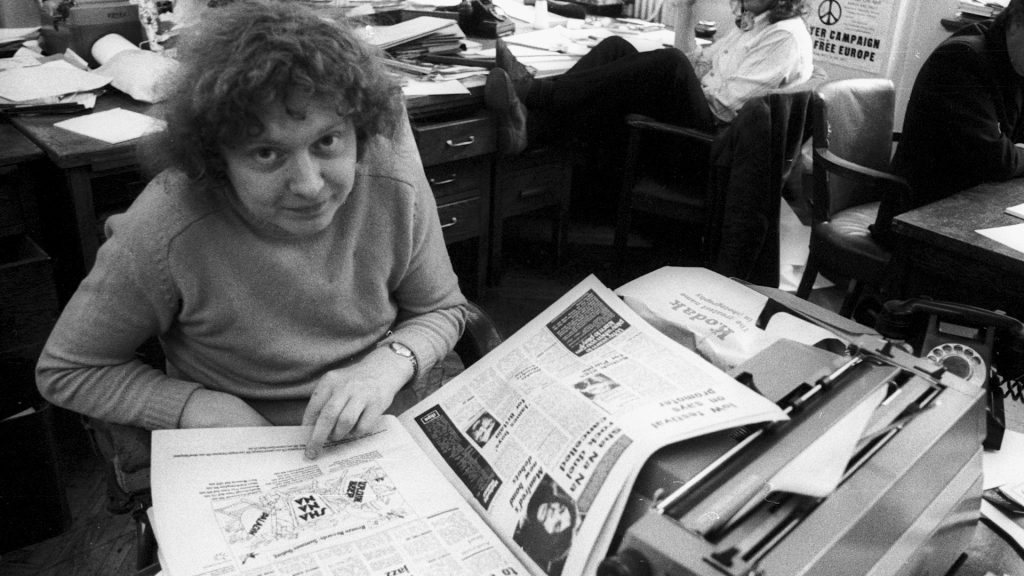Via: btlnews.com
Paul McCartney. Diana Ross. Mick Jagger. Linda Ronstadt. Robert Plant. Icons of rock ‘n’ roll, all photographed by Barrie Wentzell between 1965 and 1975 for Melody Maker, the premiere weekly music magazine in London at the time.
Enter Toronto-based filmmaker Leslie Ann Coles, whose new project Melody Makers, releasing today, documents that formative period in the magazine’s history.

Notably, Coles first discovered the rich history of Wentzell and Melody Maker in 1996, almost accidentally. “I had a studio in a new building for artists,” she said. “I was looking for a photographer for my first film, a dramatic film. I met Barrie Wentzell and we chatted—he ended up taking stills for the film.”
Naturally, a friendship soon began between the two likeminded souls in the rich environment of their shared building.
“It was an eclectic group of people living and working together,” Coles recalled. “For a very short period of time, I was his art dealer, and I became familiar with other photographers and artists. [She asked Wentzell], ‘What are you doing with your photos?’ He wasn’t doing much; he had regained control of his archives.”

After placing Wentzell’s artistic work in galleries and museums for five years, Coles developed an idea for a documentary series, featuring stories from the artists’ perspective, particularly the photographers’ point-of-view. Alas, her idea coincided with the onslaught of reality television, so Coles failed to acquire the requisite financing.
“I had already interviewed Barrie in his studio with the photographs,” she said, regardless of her ability to sell the series. “It was an intimate artist portrait. We saw him developing the Jimi Hendrix photo that is in Melody Makers. He prints his own work—all handcrafted, one-of-a-kind photographs.”
Finally, in 2011, Coles’ concept transformed into a documentary film about Wentzell and Melody Maker, where he worked for the aforementioned ten years of 1965 to 1975.

“I am going to make this film,” she remembered saying to herself. “Barrie felt very strongly that I should interview the journalists at Melody Maker—it grew into a much bigger story. I got development money from my country and travelled to the UK where I met all of the journalists.”
Soon, Melody Makers snowballed, with Coles returning to England with proper camera equipment. “I did what I could do to tell the story,” she explained in crafting her feature film.
In Canada, Ontario Media Development Corporation approved of her project, leading to partial financing of the research phase of the film. Crew members came through various sources, including students from among the 46 short films Coles has produced. “A lot of these kids have gone on to become journalists, editors, and filmmakers.”
Returning to England, Coles conducted interviews and filmed the Melody Maker archives over two different trips. Most importantly, she shot Wentzell’s negatives and photographs, plus footage of Wentzell with his photographs.
“I had a still photographer to replicate the style in which [Wentzell] took his photographs back in the day,” Coles conveyed. “He took photos during the actual interview—it was great access that I had.”

In addition to filming Wentzell and Melody Maker’s key staffers, Coles shot several iconic musicians who commented on the paper’s heyday. “I had to chase musicians,” Cole divulged. “I would wait and look at tour schedules. I caught Ian Anderson [of Jethro Tull] and Eric Burdon [of The Animals] in Canada.”
After editing Melody Makers over the course of a year, Coles submitted a 78-minute cut to the documentary channel in Canada, which screens work by Canadian directors. Out of that experience, Coles acquired enough money to finish the film, including color grading and sound mixing.
“It took a long time,” Coles revealed of the filmmaking process. “It’s not for the faint of heart—it takes a certain amount of tenacity to finish.”
Coles accumulated 200 hours of footage, so much so that there is also a 95-minute cut of the film, though the 78-minute version is what viewers will see on DVD on December 17, through Cleopatra Entertainment. It will also be seen on CBC in Canada.
“I had so much great footage, but, if it didn’t serve the trajectory of the story, it didn’t make sense [to be in the film],” she said. “Barrie was my main subject — the anchor of the film. Barrie redefined how music photography — and photography, period — was utilized in press publications.”
Additionally, Coles has prepared an IDM — Interactive Digital Media — an eBook, available on Apple Books, also available via iTunes. “I’m always fascinated by new media,” Coles stated of the IDM which contains interactive games, rock trivia, and picture puzzles. “Nobody has done a companion item like this for a film. The genesis for the [IDM] was that it be the forerunner for the film, to intrigue people to want to see the film.”
Of her final project, Coles is most gratified by the people she has met on the journey of making her film.
“I’m really pleased that I had the opportunity to sit with them and have them trust me with their own unique perspective,” she said of Melody Maker’s key personnel, emphasizing that the magazine is now universally regarded as a critical piece of international cultural history, even for potential viewers who have never heard of it. “People thought rock ‘n’ roll was a flash in the pan. These are legendary musicians who influenced generations.”
